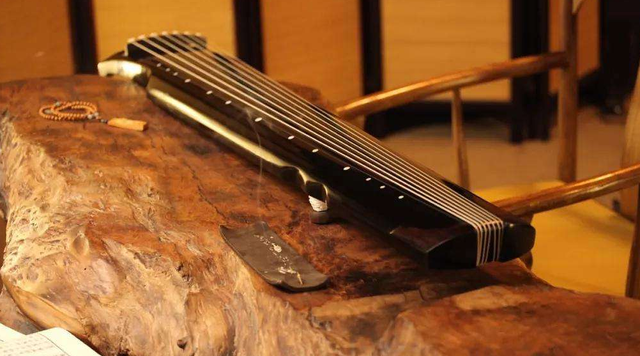What is the difference between Qin and Se
One end of the qin is big and the other is small. The strings are drawn from the thin end and radiate to the other end in a diverging shape. The surface of the qin is curved, and the bottom of the qin is flat; the zither is a standard rectangle, and the distribution of the strings is parallel. The number of strings on the qin and the zither is also different, and the qin is generally 7 strings. The strings of the se are generally more, the ancient is 50 strings, and now it is mostly 25 strings.

The qin is a musical instrument full of cultural connotations. Only in terms of the shape of the piano, it can be said that the whole body is rhyme. The qin is generally about three feet, six inches and five inches in length (about 120-125 cm), symbolizing the three hundred and sixty-five days of the year (one said that it is like the 365 degrees of the week). Generally about six inches wide (about 20 cm). Generally about two inches thick (about 6 cm).
The qin was first made according to the shape of the phoenix body.
Se is one of the earliest stringed instruments in my country. It was very popular in the pre-Qin Dynasty, and it was also very popular in the Han Dynasty. It was often used in the accompaniment of harmony songs in the Southern and Northern Dynasties.
The shape of the ancient selves is roughly the same. The body is mostly made of whole wood, with a slightly raised surface, a hollow body, and a bottom plate embedded under the body. There is a Changyue Mountain at the head of Se Mian, and three Shortyue Mountains at the end.
The end is equipped with four tie-strings. There are corresponding string holes on the outside of the head and tail mountains. There is also a wooden thimble, which is placed under the string. A total of twelve serpents were unearthed from the tomb of Marquis Yi of Zeng, mostly made of beech wood or catalpa, with a total length of about 150 to 170 cm and a width of about 40 cm.
 渝公网安备 50010702504639号
渝公网安备 50010702504639号